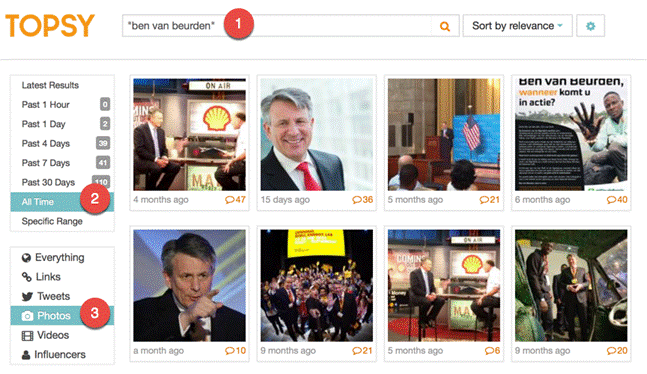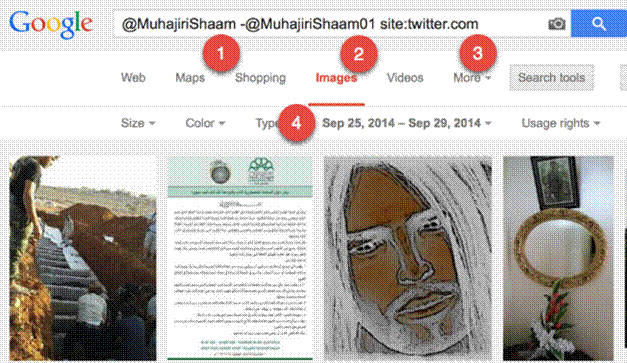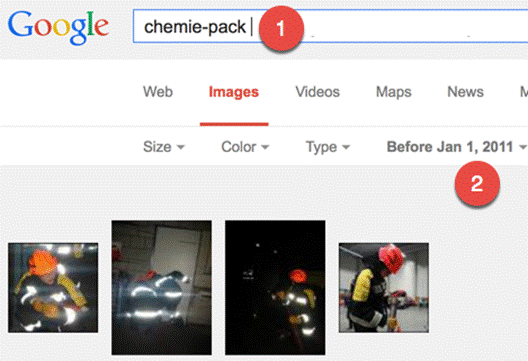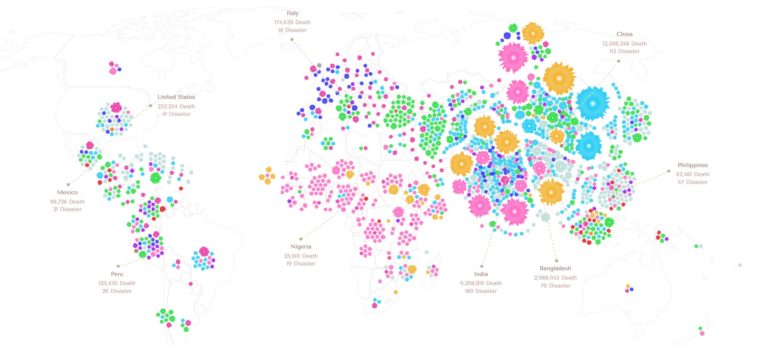

Online Methods to Investigate the Who, Where, and When of a Person
 Editor’s Note: The Verification Handbook for Investigative Reporting is a new guide to online search and research techniques to using user-generated content (UGC) and open source information in investigations. Published by the European Journalism Centre, a GIJN member based in the Netherlands, the manual consists of ten chapters and is available for free download. We’re pleased to reprint below chapter 2, by Internet search expert Henk van Ess.
Editor’s Note: The Verification Handbook for Investigative Reporting is a new guide to online search and research techniques to using user-generated content (UGC) and open source information in investigations. Published by the European Journalism Centre, a GIJN member based in the Netherlands, the manual consists of ten chapters and is available for free download. We’re pleased to reprint below chapter 2, by Internet search expert Henk van Ess.
Online research is often a challenge for traditional investigative reporters, journalism lecturers, and students. Information from the web can be fake, biased, incomplete, or all of the above.
Offline, too, there is no happy hunting ground with unbiased people or completely honest governments. In the end, it all boils down to asking the right questions, digital or not. This chapter gives you some strategic advice and tools for digitizing three of the biggest questions in journalism: who, where, and when?
1. Who?
Let’s do a background profile with Google on Ben van Beurden, CEO of the Shell Oil Co.
a. Find facts and opinions
The simple two-letter word “is” reveals opinions and facts about your subject. To avoid clutter, include the company name of the person or any other detail you know, and tell Google that both words should be not that far from each other.
The AROUND() operator MUST BE IN CAPITALS. It sets the maximum distance in words between the two terms.
b.What do others say?
This search is asking Google to “Show me PDF documents with the name of the CEO of Shell in it, but exclude documents from Shell.” This will find documents about your subject, but not from the company of the subject itself. This helps you to see what opponents, competitors or opinionated people say about your subject. If you are a perfectionist, go for
inurl:pdf “ben van beurden” –site:shell.*
because you will find also PDFs that are not visible with filetype.
c.Official databases
Search for worldwide official documents about this person. It searches for gov.uk (United Kingdom) but also .gov.au (Australia), .gov.cn (China), .gov (U.S.) and other governmental websites in the world. If you don’t have a .gov website in your country, use the local word for it with the site: operator. Examples would be site:bund.de (Germany) or site:overheid.nl (The Netherlands).
With this query, we found van Beurden’s planning permission for his house in London, which helped us to find his full address and other details.
d.United Nations
You are now searching in any United Nations-related organization. In this example, we find the Shell CEO popping up in a paper about “Strategic Approach to International Chemicals Management.” And we found his full name, the name of his wife, and his passport number at the time when we did this search. Amazing.
e. Find the variations
With this formula you can find result that use different spellings of the name. You will receive documents with the word Shell, but not those that include “Ben” as the first name. With this, you will find out that he is also referred to as Bernardus van Beurden. (You don’t need to enter a dot [.] because Google will ignore points.) Now repeat steps a, b, c and d with this new name.
2. Where
1. Use photo search in Topsy
You can use www.topsy.com to find out where your subject was, by analyzing his mentions (1) over time (2) and by looking at the photos (3) that others posted on Twitter. If you’d rather research a specific period, go for “Specific Range” in the time menu.
2. Use Echosec
With Echosec, you can search social media for free. In this example, I entered the address of Shell HQ (1) in hopes of finding recent (2) postings from people who work there (3).
3. Use photo search in Google Images
Combine all you know about your subject in one mighty phrase. In the below example, I’m searching for a jihadist called @MuhajiriShaam (1) but not the account @MuhajiriShaam01 (2) on Twitter (3). I just want to see the photos he posted on Twitter between Sept. 25 and Sept. 29, 2014 (4).
3. When
1. Date search
Most of the research you do is not based on today, but an earlier period. Always tell your search engine this. Go back in time.
Let’s investigate a fire in a Dutch chemical plant called Chemie-Pack. The fire happened on Jan. 5, 2011. Perhaps you want to investigate if dangerous chemicals were stored at the plant. Go to images.google.com, type in Chemie-pack (1) and just search before January 2011 (2). The results offer hundreds of photos from a youth fire department that visited the company days before the fire. In some photos, you can see barrels with names of chemicals on them. We used this to establish which chemicals were stored in the plant days before the fire.
2. Find old data with archive.org
Websites often cease to exist. There is a chance you can still view them by using archive.org. This tool can do its work only if you know the URL of the webpage you want to see. The problem is that often the link is gone and therefore you don’t know it. So how do you find a seemingly disappeared URL?
Let’s assume we want to find the home page of a dead actress called Lana Clarkson.
Step One: Find an index
Find a source about the missing page. In this case, we can use her Wikipedia page.
Step Two: Put the index in the time machine
Go to archive.org and enter the URL of her Wikipedia page, http://en.wikipedia.org/wiki/Lana_Clarkson. Choose the oldest available version, March 10, 2004. There it says the home page was http://www.lanaclarkson.com.
Step Three: Find the original website
Now type the link in archive.org, but add a backslash and an asterisk to the URL: https://web.archive.org/web/*/http://www.lanaclarkson.com/*
All filed links are now visible. Unfortunately, in this case, you won’t find that much. Clarkson became famous only after her death. She was shot and killed by famed music producer Phil Spector in February 2003.
 Dutch-born Henk van Ess teaches Internet research, social media, and multimedia/cross media. The veteran guest lecturer and trainer travels around Europe doing Internet research workshops. His projects include “Fact-Checking the Web” (CSI Internet), Handbook Datajournalism, and speaking as a social media and web research specialist.
Dutch-born Henk van Ess teaches Internet research, social media, and multimedia/cross media. The veteran guest lecturer and trainer travels around Europe doing Internet research workshops. His projects include “Fact-Checking the Web” (CSI Internet), Handbook Datajournalism, and speaking as a social media and web research specialist.
















